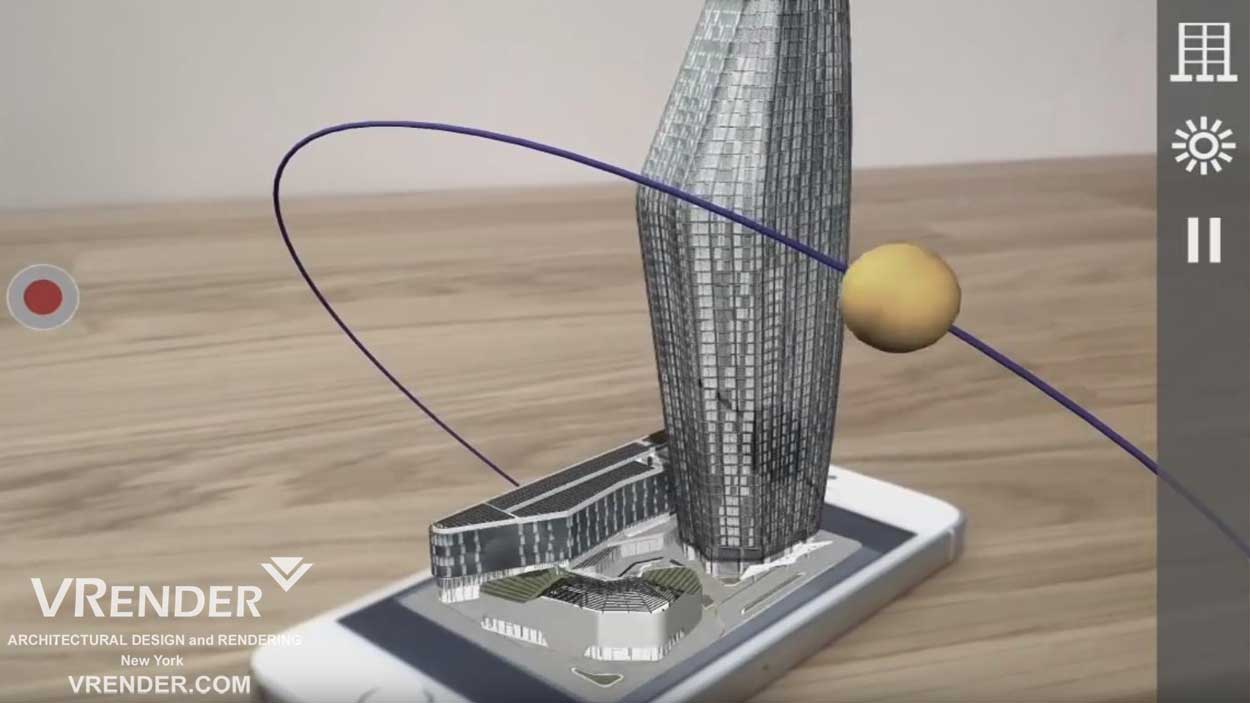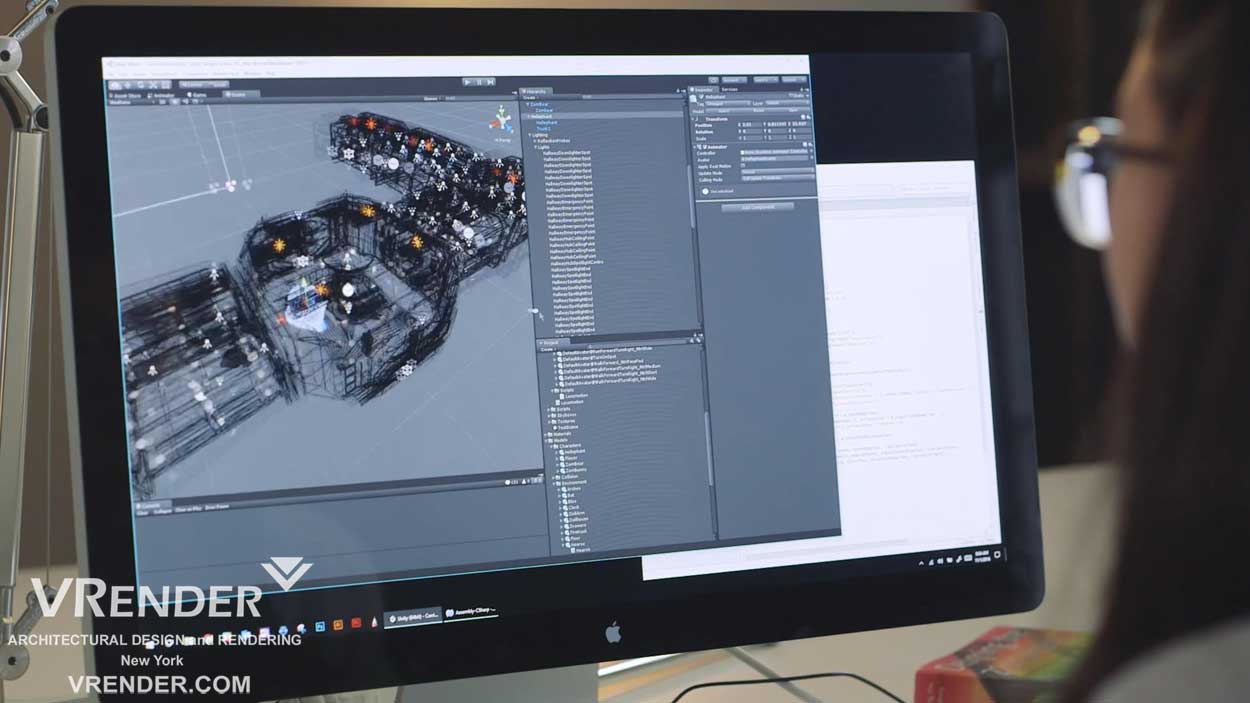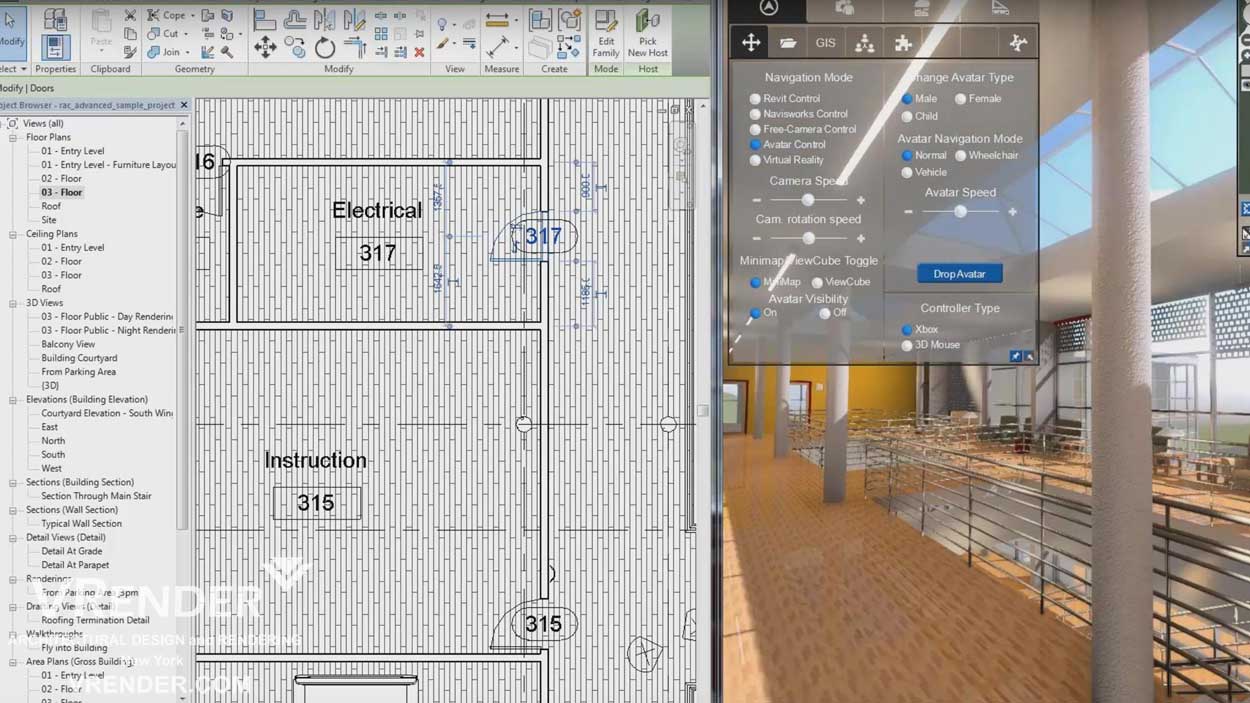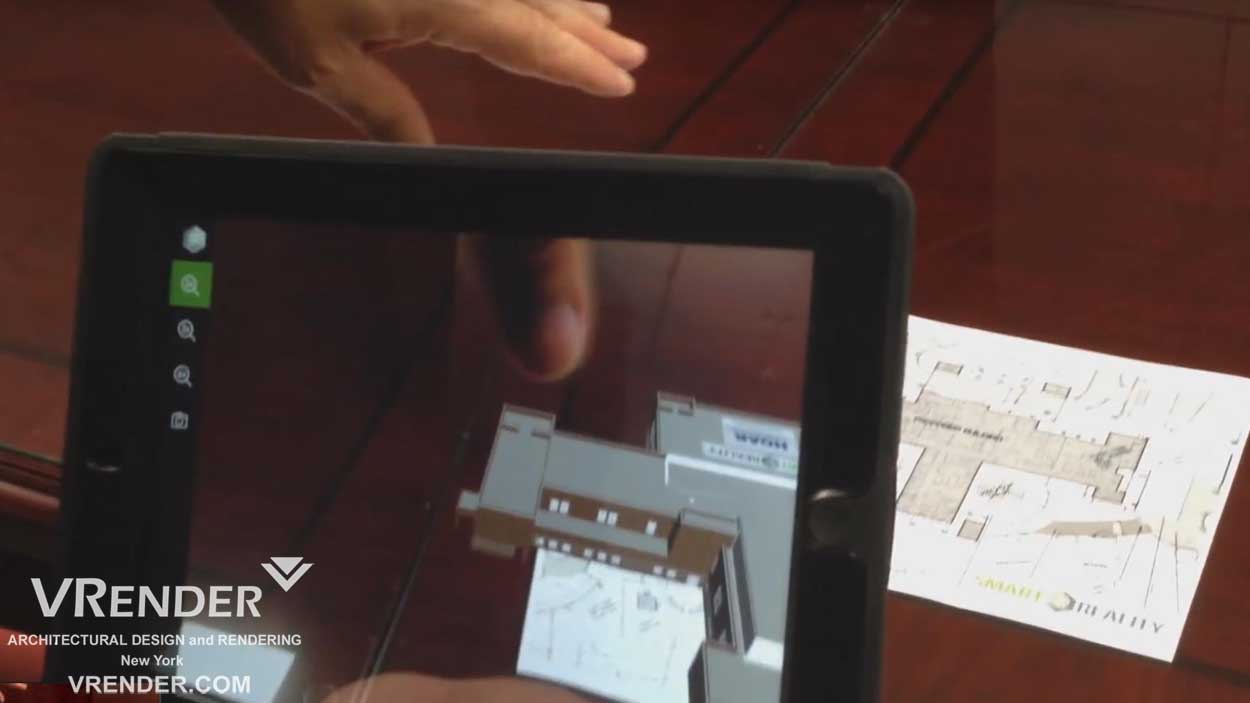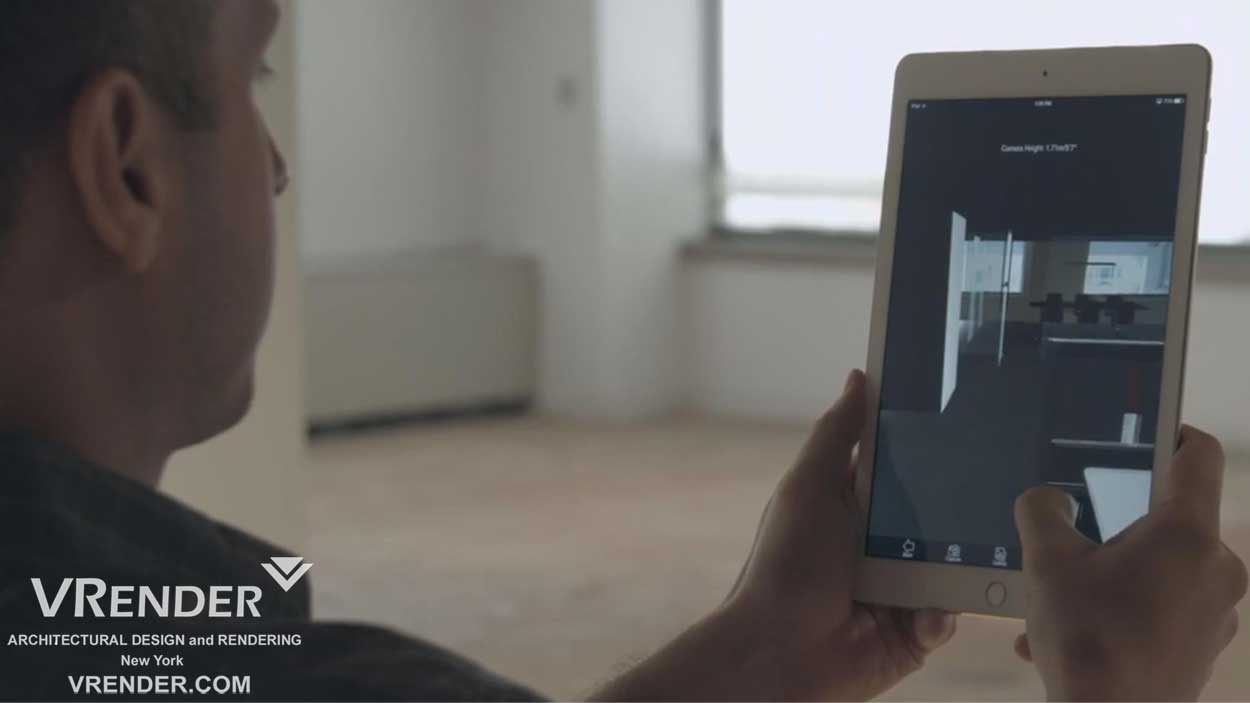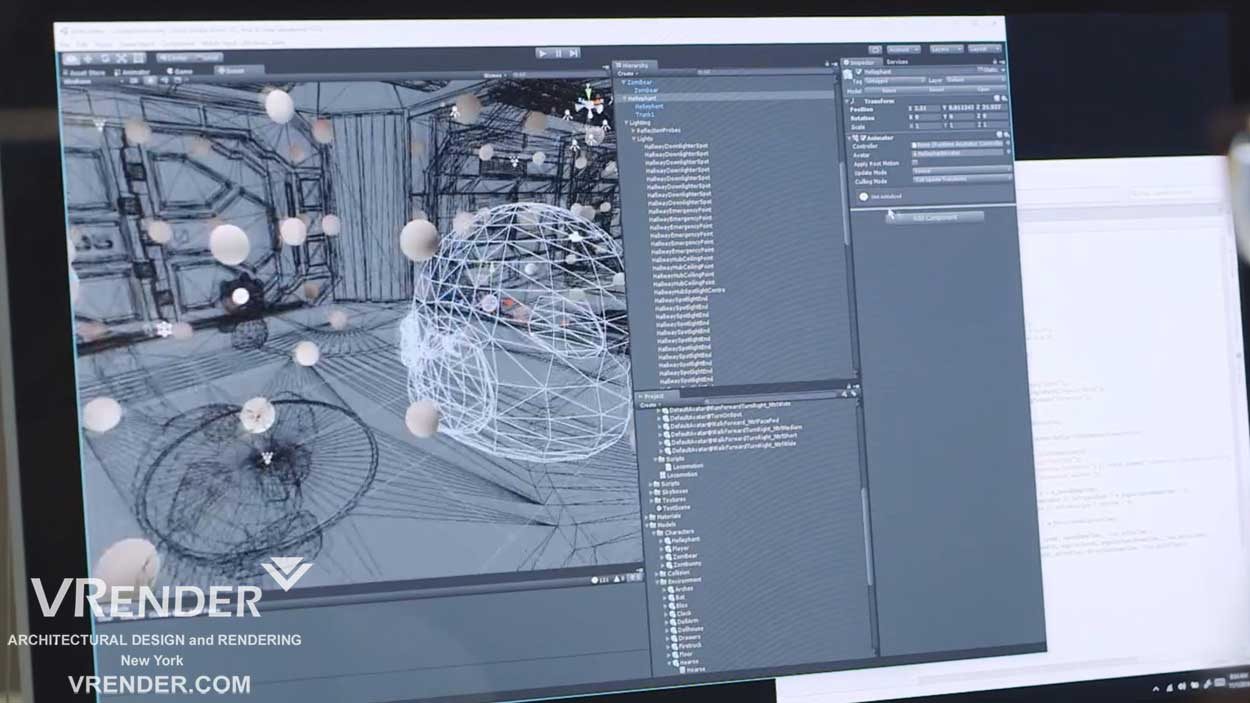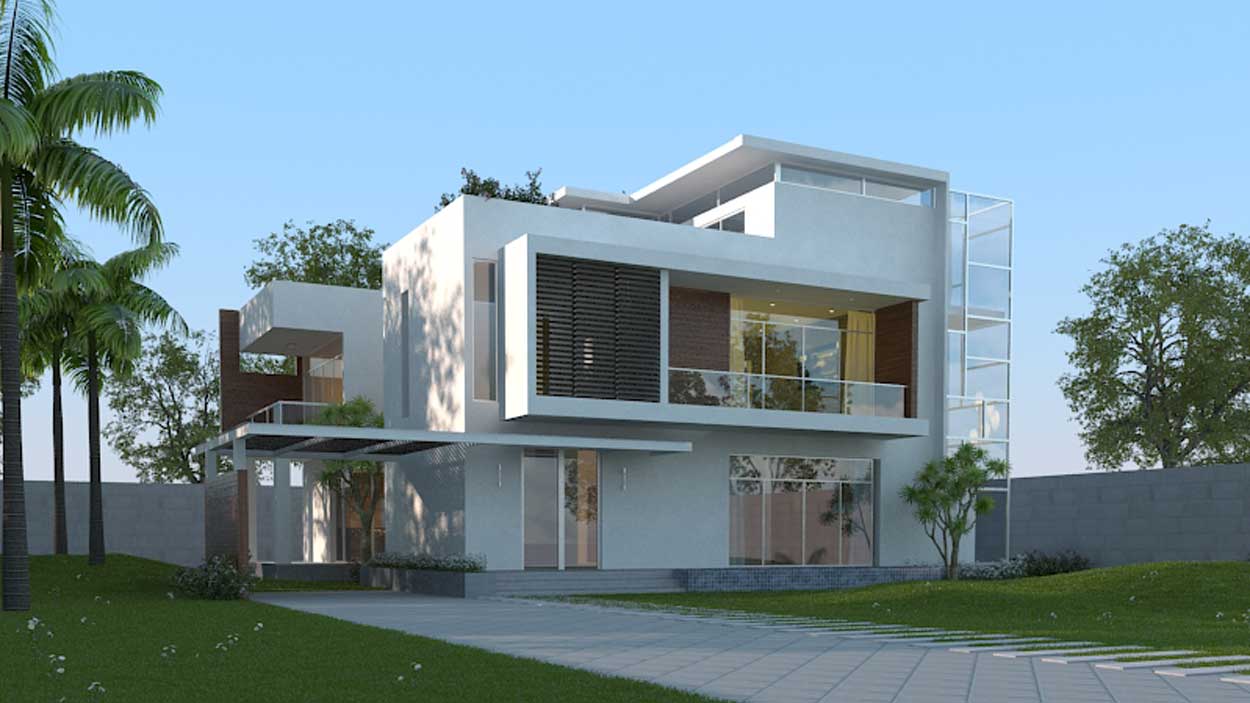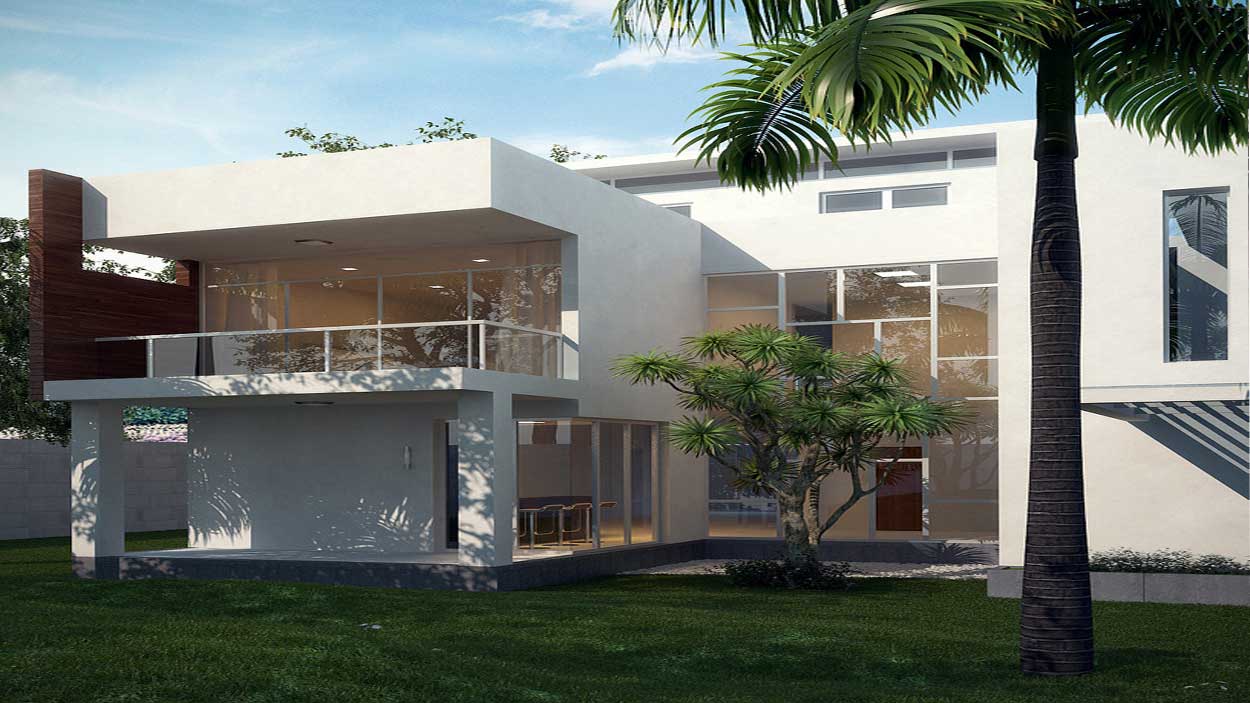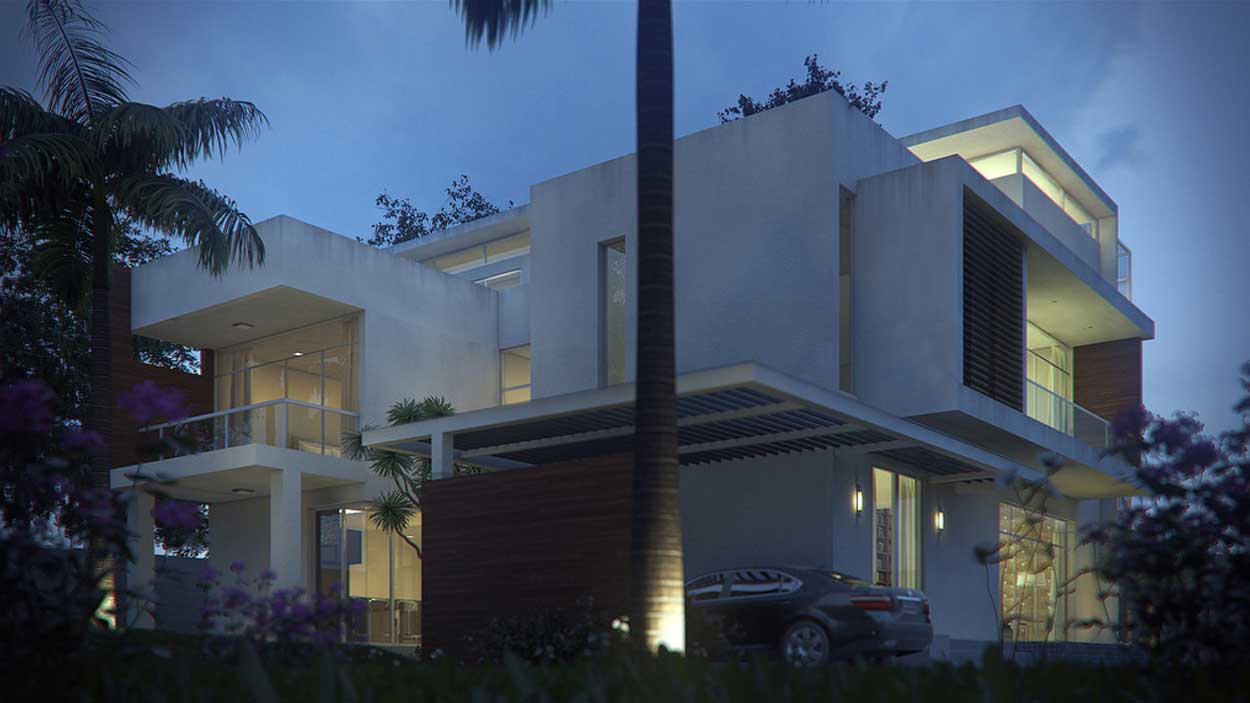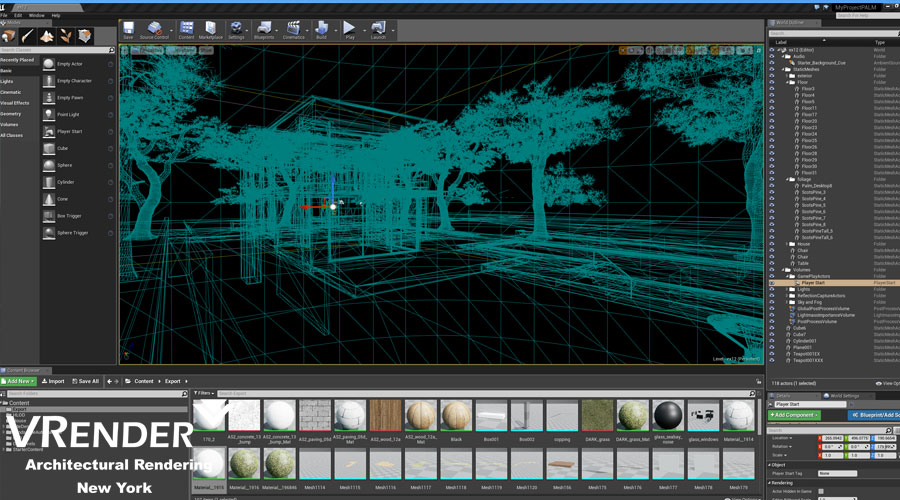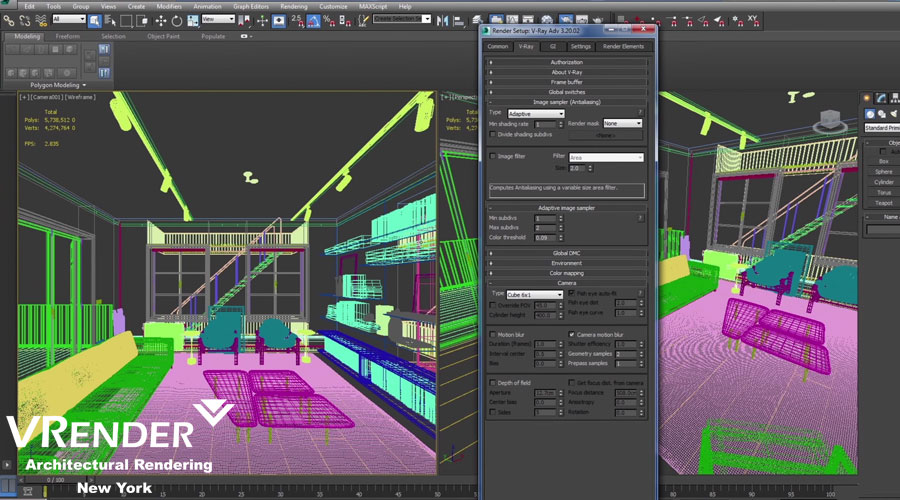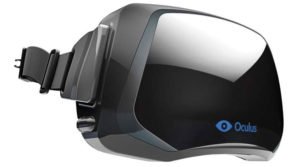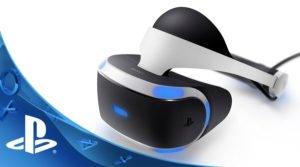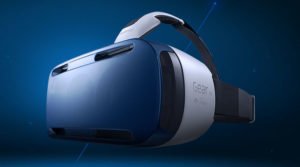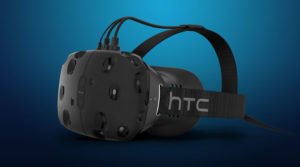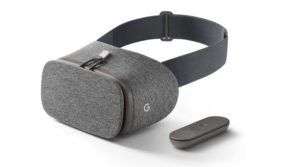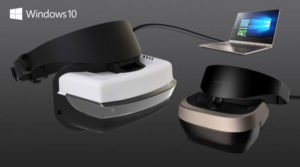The tools for virtual and augmented reality developed for architecture, design, and construction (ADC) areas are constantly being improved and optimized, while their cost is gradually decreasing. Virtual and augmented reality becomes more accessible to architects, engineers, and contractors. With the help of these tools, one can implement any projects.
The VR and AR are gradually becoming the environment of communication, creation, and testing of projects in the fields of ADC. VR and AR tools based on developments and experience from other industries become the industry standard for ADC. One can perform a fast iteration with their help, to improve projects in close cooperation with customers and colleagues.
VR allows creating fully managed digital environments, while AR puts virtual elements on top of an existing real picture. Thus, the same technology is used for different purposes: Virtual Reality is more suitable for architects, whereas AR is more often used during the construction.
Although both innovations are rapidly gaining popularity, they are still at an early stage of development. Vrender had studied the solutions presented on the market in more detail and compiled a list of VR/AR tools that are optimal for those who work in the fields of design and construction.
ARki
ARki is an application for visualization of architectural models. It integrates AR technology into the existing architecture, allowing creating three-dimensional models with multiple levels of interactivity for both design and presentation.
ARki can be used on any iOS/Android device. The application simply imposes 3D models on existing two-dimensional floor plans. ARki also includes several additional interactive functions, for instance, the real-time analysis and material selection. Using this application, one can record user-selected models in the three-dimensional format, as well as share own content via e-mail or social networks.
Storyboard VR
Storyboard VR is a free prototyping and visualization tool developed for architects and other ADC professionals. Using this program, users can organize, scale, and animate simple two-dimensional models. Storyboard VR creators, the company named Artefact, have developed it for their own internal use to work on VR projects. They’ve created their own tool to quickly and easily create a prototype of VR.
The application allows creating and loading drawings and environmental maps from existing drawing tools into Storyboard VR, then choosing own assets and building own storyboard. The simplicity of use allows designers exchanging ideas and receiving feedback at the initial stage of the design process. Storyboard VR also has slides making it something like the VR-version of PowerPoint.
Pair
Pair (formerly known as Visidraft) uses licensed software and augmented reality technologies to create applications that allow architects “dragging” 3D models of consumer furniture and pieces of technology into their projects using an iPhone or iPad. The online catalog of models and assets now includes more than 200 products for home and office by Fortune 500 manufacturers. The catalog is supplemented with new products every day.
After the launch of the application, the company had drawn its attention to the fact that the main growth was in furniture and equipment manufacturers segment. The main difference between Pair and other AR solutions is that the focus is made on its products and consumers, which allows users to physically navigate inside a virtual 3D product like in their home or office.
SmartReality
SmartReality is a mobile application of augmented reality, which allows the camera to overlay an interactive BIM model on printed design layouts, thereby creating a three-dimensional visualization of projects. Users can scale, change structural layers, navigate through the project stages, and record their images and video. Also one can create a free account for downloading 2D plans and get the corresponding 3D plan and models using the application.
The SmartReality application is also available in the VR version developed by the R & D JBKnowledge Labs team. This version allows users to walk through the model of a
building using virtual reality solutions such as Oculus Rift, Samsung Gear, and Project Tango by Google.
Fuzor
Fuzor is an application for real-time rendering, which integrates with Revit. The program is based on the technology originally developed by Kalloc Studios for creating games. Thanks to bidirectional direct communication with Revit, users can navigate, visualize, comment, and verify BIM information, as well as synchronize changes between the two named tools.
The direct communication allows Fuzor to instantly update and reflect the changes made in the Revit file. It supports various measurements, lighting analysis, color and visibility filters, cross-section, slice cutting, and video rendering with BIM support.
In order to have a possibility of joint work with construction sites, BIM Solution supports the visualization of BIM drawings for mobile devices using Google Drive and Dropbox. At the moment, Fuzor supports files of Revit, Archicad, Rhinoceros 3D, Navisworks, SketchUp, FBX, and 3DS.
Vrender Company 2018

